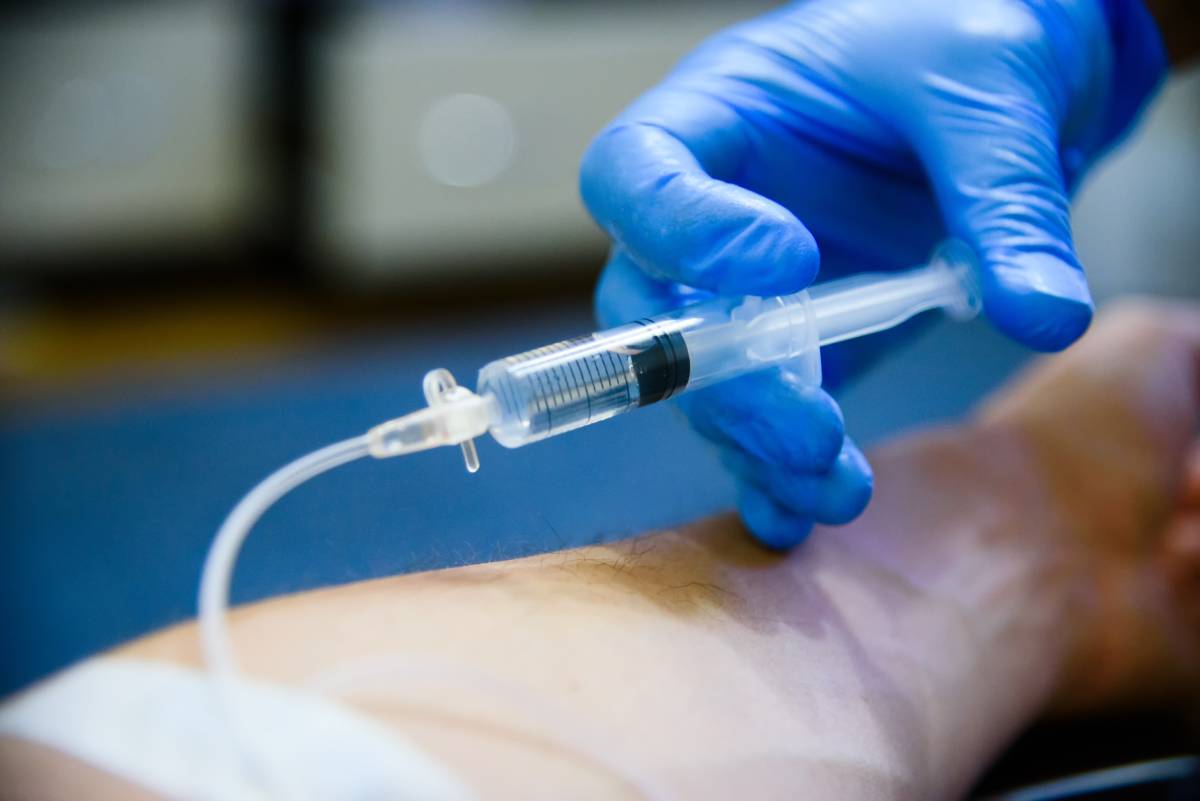An Overview of Procedural Sedation

Procedural sedation and analgesia is a clinical practice that uses pharmacologic agents to achieve a measurable level of sedation during painful or anxiety-provoking procedures. The term conscious sedation is no longer preferred because it does not accurately reflect the purpose or outcomes of the procedure. Procedural sedation and analgesia ranges from minimal sedation to general anesthesia (1).
Minimal sedation occurs when the patient responds normally to verbal commands with no cardiopulmonary compromise. Moderate sedation is a state of decreased consciousness in which the patient can respond to verbal commands and light touch. This state provides pain relief and memory loss while ensuring that the body’s airway reflexes and cardiovascular system remain protected and stable. Deep sedation results in a decrease in consciousness and requires assistance to ensure proper airway and ventilation. General anesthesia is at the extreme end of the spectrum, resulting in loss of consciousness and possible impairment of cardiovascular function (1).
The choice of agents and techniques for sedation or analgesia depends on the experience of the practitioner, patient limitations, supervising physician, type of procedure, and facility. Multiple agents and combinations of agents may be used for sedation and analgesia (2). For example, opioids are used for analgesia, while benzodiazepines and other sedatives are used for anxiolysis and amnesia. The choice of agent depends on the nature of the procedure (painful or nonpainful) and what is needed for patient comfort and safety. If the procedure is painful and the patient requires an anxiolytic, a combination of opioids and benzodiazepines may be appropriate, but additional monitoring is required. Fentanyl and midazolam are the gold standard due to their rapid onset, short duration, ease of titration, and favorable cardiovascular profile (2). It is important to assess patients prior to the procedure to identify potential contraindications to sedation. Patients may be excluded if they have a history of allergic reactions to common medications used for procedural sedation. Food ingested within the past 6 hours or clear liquids ingested within the past 2 hours would exclude the patient from sedation unless an emergency situation arises (3).
While it is uncommon to encounter absolute contraindications to procedural sedation, it is crucial for healthcare practitioners to carefully evaluate any existing medical conditions or injuries and assess their capability to effectively handle the patient’s airway. Patients who have underlying cardiac, hemodynamic, or respiratory issues (heart failure, COPD, etc.) should be handled with care. If a patient is classified as an ASA Class IV or V, a nonanesthesiologist should not provide procedural sedation, but should refer the patient to an anesthesiologist for general anesthesia or higher level of care (3).
Ultimately, the largest contraindication may be the practitioner themselves. It is critical that the practitioner have a thorough understanding of the medications being administered, the ability to monitor the patient’s response to these medications, and the skills necessary to manage potential complications. Without these qualifications, the practitioner should not be permitted to perform the procedure using procedural sedation or anxiolytics. Practitioners must ensure that they are in compliance with their institution’s regulations, including any necessary credentials, privileges, or requirements established by state, professional association, or regulatory bodies for the performance of procedural sedation (1).
References
- Dehn RW, Asprey DP. Essential Clinical Procedures. 4th ed. Elsevier Health Sciences; 2020. ISBN: 0323624685, 9780323624688
- Tobias JD, Leder M. Procedural sedation: A review of sedative agents, monitoring, and management of complications. Saudi J Anaesth. 2011;5(4):395-410. doi:10.4103/1658-354X.87270
- van Haperen M, Preckel B, Eberl S. Indications, contraindications, and safety aspects of procedural sedation. Current Opinion in Anaesthesiology. 2019;32(6):769-775. doi:10.1097/aco.0000000000000777
